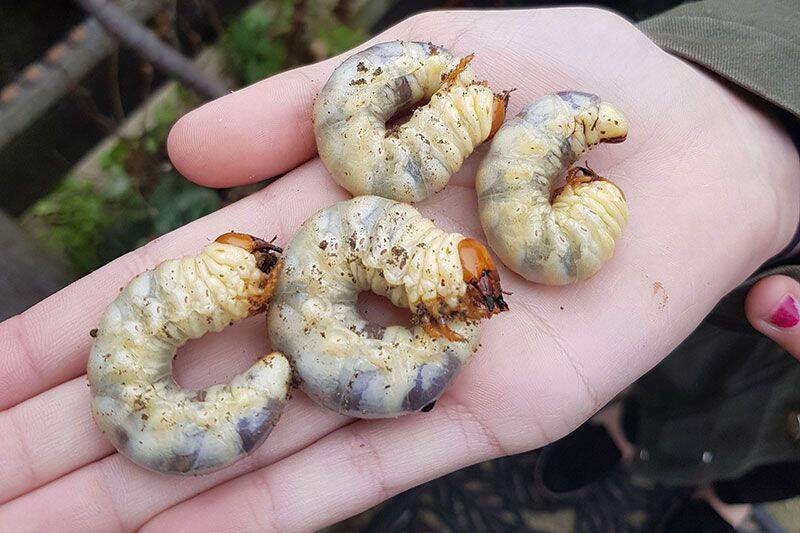The Mighty Stag Beetle

The stag beetle (Lucanus cervus) is one of the UK's most impressive beetles. However, its larvae can cause damage to decaying wood, particularly oak, in period buildings.
Welcome to our page dedicated to stag beetles, sometimes referred to as Stag Horn Beetles. fascinating creatures that can, unfortunately, pose a threat to period buildings, especially those with oak structures. Here at Heritage Lane, we understand the importance of preserving our architectural heritage, and that includes being informed about potential pests.

The life cycle of stag beetles consists of four main stages: egg, larva, pupa, and adult, with each stage playing a crucial role in their development and ecological function.
1. Egg Stage
aying their eggs.The Female stag beetle will lay her eggs in decaying oak, or often in soil that is rich in organic matter. They will usually lay between 20 and 50 eggs at one 'sitting"
- these eggs then spend time in incubation , and generally hatch between two and four weeks later, depending upon environmental conditions including temperature and humidity.
2. The larval Stage
Then small white grubs hatch as larvae from the eggs, and then they start their very long larval stage munching away on the foods provided by your oak that they need to grow big and strong. This stage can last between one and five years to complete, so in other words they can each spend up to five years devouring your oak timber frame, and if you think that their can be up to fifty of these hungtry little chappies, they can do a serious amount of damage to you oak frame, especially as they grow to around 3 inches (75mm) in length!
3. Pupal Stage
After their lengthy larval stage, they then tend to head off into soil to complete their pupation stage. This stage takes around 6 weeks to complete where they metamophosize into adult beetles.
Finally they then having entered their adult Stage they will generally wait through winter time for temperatures to increase before leaving that soil, which is generally late spring/early summer time ( may to june)

Imagine the damage these can do to your timber frame!
We haven't seen any stag beetles for a few years now, which may be good news for timber framed home owners, but hopefully it's not a sign of their decline, and given that they are protected, we weren't going to go out hunting them down when there are other informational videos already out there, so we've chosen the following video and of course, there are global variations of these beetles, but this vid does give a good overview, and naturally all credit and thanks goes to the originator, for this fascinating video.